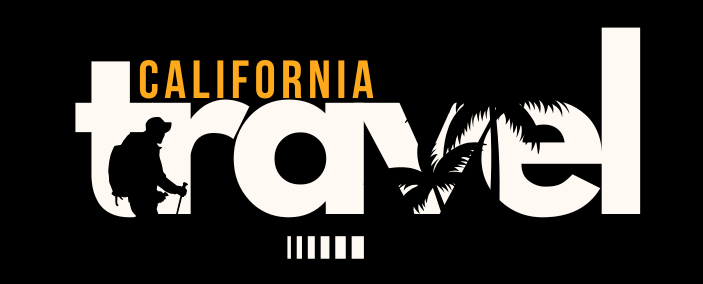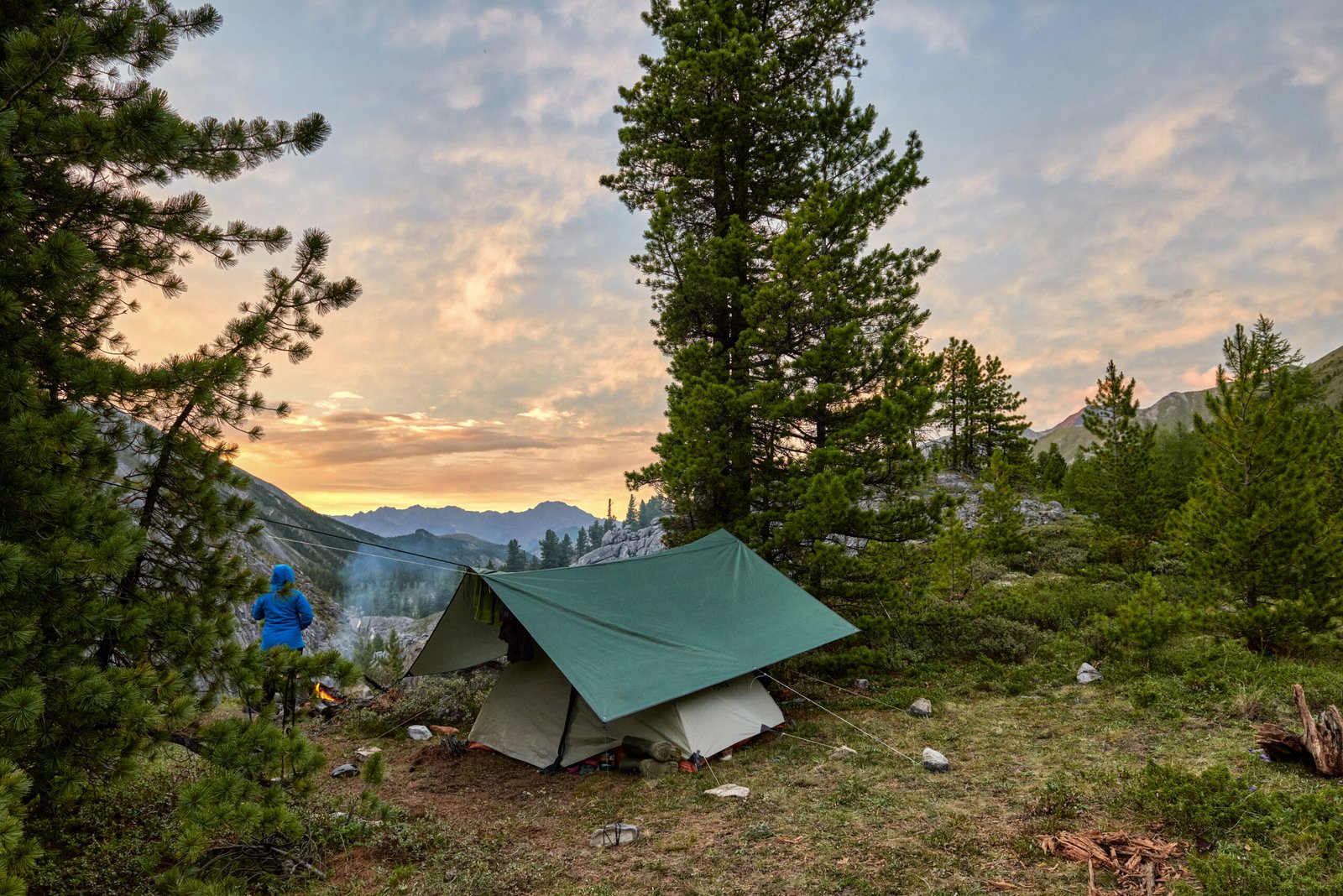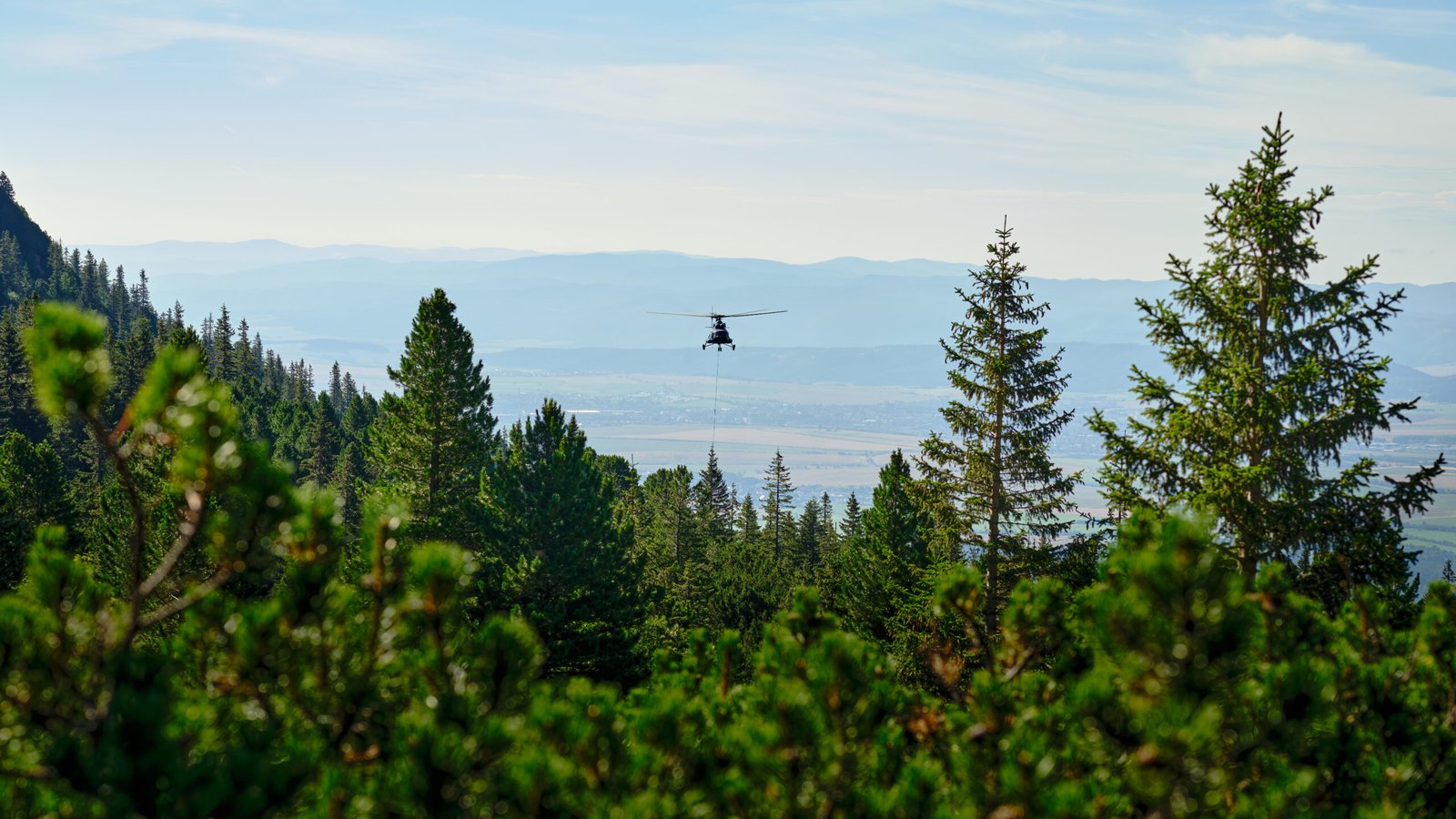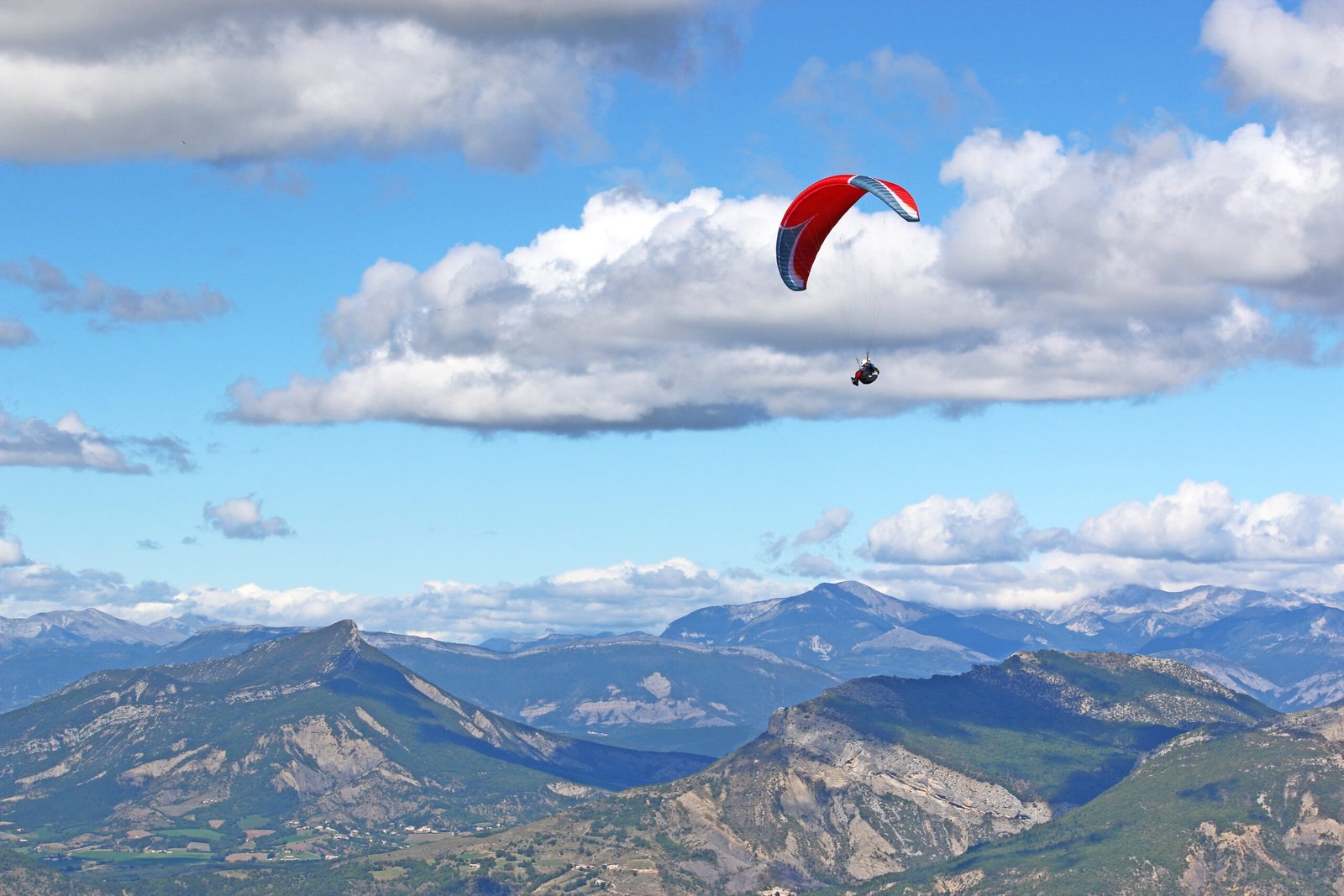Soar Above Alpine Paradise - Experience Lake Tahoe Like Never Before With 20 years of aviation…
Backcountry Camping: Wilderness Experiences in Lake Tahoe’s Pristine Nature
The morning mist rises from the crystalline waters as you emerge from your tent, surrounded by towering granite peaks and ancient forests. This is Lake Tahoe backcountry camping at its finest – where wilderness dreams become reality and every sunrise paints a masterpiece across the Sierra Nevada sky.
With decades of guiding adventurers through these pristine landscapes, we understand what transforms a simple camping trip into an unforgettable wilderness experience. Lake Tahoe’s backcountry offers something extraordinary for every skill level, from first-time backpackers to seasoned wilderness veterans.
ESSENTIAL PERMITS & REGULATIONS: Your Gateway to Adventure
Wilderness permits are mandatory for overnight backcountry camping in the Lake Tahoe Basin. The Desolation Wilderness, Granite Chief Wilderness, and Mount Rose Wilderness each require advance reservations, especially during peak season.
Critical Regulations You Must Know:
- Bear canister requirements: All food, toiletries, and scented items must be stored in approved bear-resistant containers
- Campfire restrictions: Fires prohibited above 8,000 feet elevation; seasonal restrictions apply based on fire danger
- Camping zone limits: Maximum group size of 12 people; camps must be 100 feet from water sources
- Duration limits: 14-day maximum stay in wilderness areas
Reserve your wilderness permit now through Recreation.gov to secure your dates.
[GET YOUR WILDERNESS PERMIT →]YEAR-ROUND WILDERNESS OPPORTUNITIES
Summer Splendor (June-September)
Summer delivers perfect backcountry conditions with accessible trails, moderate temperatures, and endless daylight hours. Popular destinations like Eagle Lake and Velma Lakes showcase alpine beauty at its peak. Wildflower meadows explode with color while crystal-clear lakes invite refreshing swims after long hiking days.
Winter Wonderland (December-March)
Winter camping transforms Lake Tahoe into a snow-covered paradise. Advanced backpackers discover solitude among snow-laden pines and frozen waterfalls. Essential gear includes four-season tents, winter sleeping systems rated to -10°F, and avalanche safety equipment.
Spring & Fall Transitions
These shoulder seasons offer incredible value for experienced campers. Spring brings rushing waterfalls and emerging wildflowers, while fall delivers spectacular foliage and crisp, clear nights perfect for stargazing.
PREMIER BACKCOUNTRY DESTINATIONS
For Beginners: Accessible Alpine Adventures
Eagle Falls to Eagle Lake provides the perfect introduction to Sierra backcountry. This moderate 2-mile hike leads to pristine camping spots with stunning granite backdrop views. Well-maintained trails and established campsites make this ideal for first-time backpackers.
Cascade Falls Trail offers another beginner-friendly option with multiple camping zones and reliable water sources throughout the season.
Intermediate Challenges: Building Your Skills
Velma Lakes Basin presents a classic Sierra experience with three interconnected alpine lakes. The 6-mile approach builds endurance while rewarding hikers with diverse camping options and excellent fishing opportunities.
Glen Alpine to Susie Lake combines moderate difficulty with spectacular payoffs – granite slabs, clear mountain lakes, and panoramic wilderness views.
Expert Territory: Ultimate Wilderness Immersion
Desolation Wilderness Traverse challenges experienced backpackers with multi-day adventures through pristine granite landscapes. Remote camping zones offer complete solitude among some of California’s most spectacular alpine terrain.
Mount Tallac Backcountry provides advanced hikers with challenging approaches to high-elevation camping zones where few venture.
[EXPLORE DETAILED TRAIL MAPS →]ESSENTIAL GEAR FOR TAHOE’S WILDERNESS
The Non-Negotiables
Bear-resistant food containers top every packing list. Approved models include BearVault BV500, Garcia Backpackers Cache, and Ursack Major.
Four-season shelter systems handle Tahoe’s unpredictable mountain weather. Sudden afternoon thunderstorms and temperature swings demand reliable protection.
Water purification systems ensure safe drinking water from pristine mountain sources. UV sterilizers, pump filters, and purification tablets each offer advantages depending on group size and duration.
Seasonal Specializations
Summer essentials include lightweight sleeping systems, sun protection, and insect repellent for mosquito-heavy areas near water sources.
Winter additions require insulated sleeping pads, winter-rated sleeping bags, snowshoes or skis, and avalanche safety gear for backcountry travel.
[SHOP RECOMMENDED GEAR →]WILDLIFE ENCOUNTERS: Respecting Tahoe’s Residents
Black bears roam throughout Lake Tahoe’s backcountry, making proper food storage absolutely critical. These intelligent animals have learned to associate campsites with easy meals, creating dangerous situations for both bears and humans.
Bear Safety Protocols
Store all scented items in approved bear canisters, placed 100 feet from your sleeping area. Never feed bears or leave food unattended. If you encounter a bear, make noise, appear large, and back away slowly without running.
Mountain lions, though rarely seen, inhabit the region’s remote areas. Travel in groups, make noise on trails, and maintain eye contact if you encounter one while backing away slowly.
Marmots and other small mammals may chew through gear seeking salt and food residue. Hang packs when possible and inspect equipment regularly.
LEAVE NO TRACE: Preserving Paradise
Our commitment to wilderness preservation ensures future generations experience the same pristine beauty we cherish today. Lake Tahoe’s fragile alpine ecosystem requires careful stewardship from every visitor.
Critical Practices for Alpine Environments
Camp on durable surfaces – established sites, rock, or snow when possible. Avoid fragile meadows and vegetation that takes decades to recover from damage.
Dispose of waste properly by packing out all trash and human waste. Catholes should be dug 6-8 inches deep, 200 feet from water sources and trails.
Minimize campfire impacts by using established fire rings below 8,000 feet when permitted. Burn only dead and down wood smaller than your wrist.
Respect wildlife by observing from distance and never approaching or feeding animals.
PLANNING YOUR WILDERNESS ADVENTURE
Success in Lake Tahoe’s backcountry begins with thorough preparation. Check weather forecasts, inform others of your itinerary, and carry emergency communication devices for remote areas.
Physical conditioning proves essential for enjoying mountain adventures. Build endurance through regular hiking with a loaded pack, focusing on leg strength and cardiovascular fitness.
Navigation skills become critical in wilderness areas where trails may be obscured by snow or weather. Carry map, compass, and GPS devices with extra batteries.
[DOWNLOAD TRIP PLANNING CHECKLIST →]Your Gateway to Wilderness Freedom
Lake Tahoe’s backcountry camping offers transformative experiences that reconnect us with nature’s raw beauty and our own capabilities. Whether you’re seeking your first taste of wilderness solitude or planning an epic multi-day adventure, these pristine landscapes deliver memories that last a lifetime.
Every sunrise among these granite peaks reminds us why we venture into the wilderness – to discover not just spectacular scenery, but something deeper within ourselves. The silence of alpine lakes, the challenge of mountain trails, and the satisfaction of self-reliant camping create experiences no resort or hotel can match.
Start planning your Lake Tahoe backcountry adventure today. The wilderness is calling, and the mountains are waiting.
[START PLANNING YOUR ADVENTURE →]Ready to experience Lake Tahoe’s pristine backcountry? Contact our wilderness experts for personalized trip planning and gear recommendations tailored to your skill level and adventure goals.




